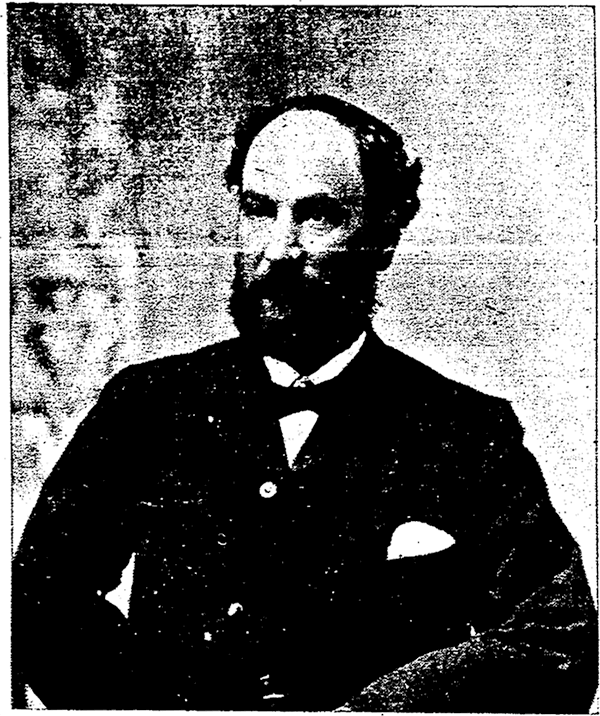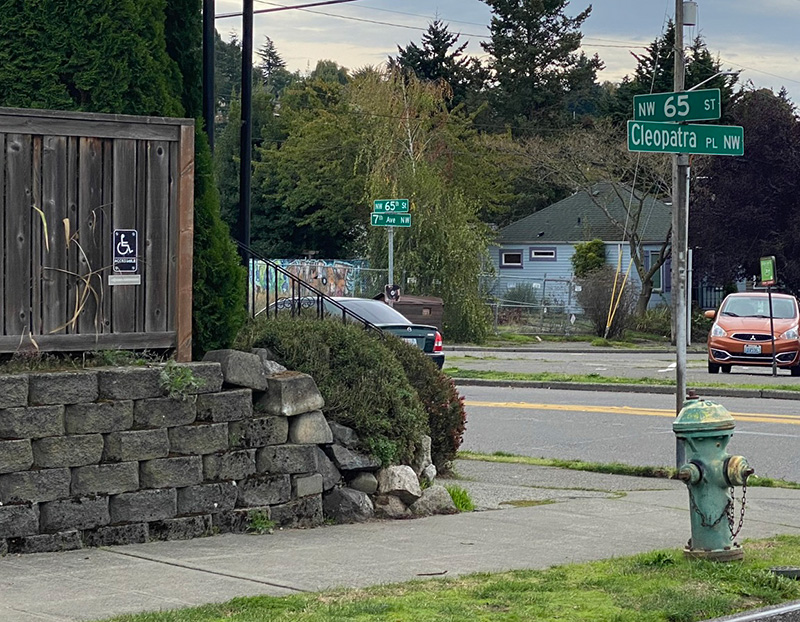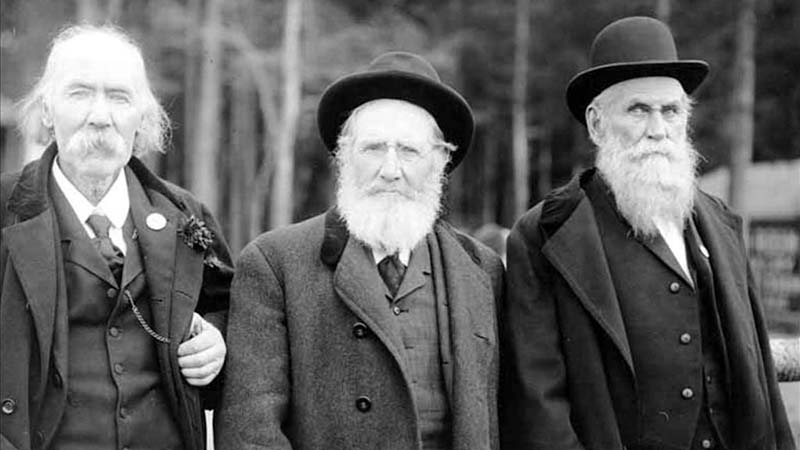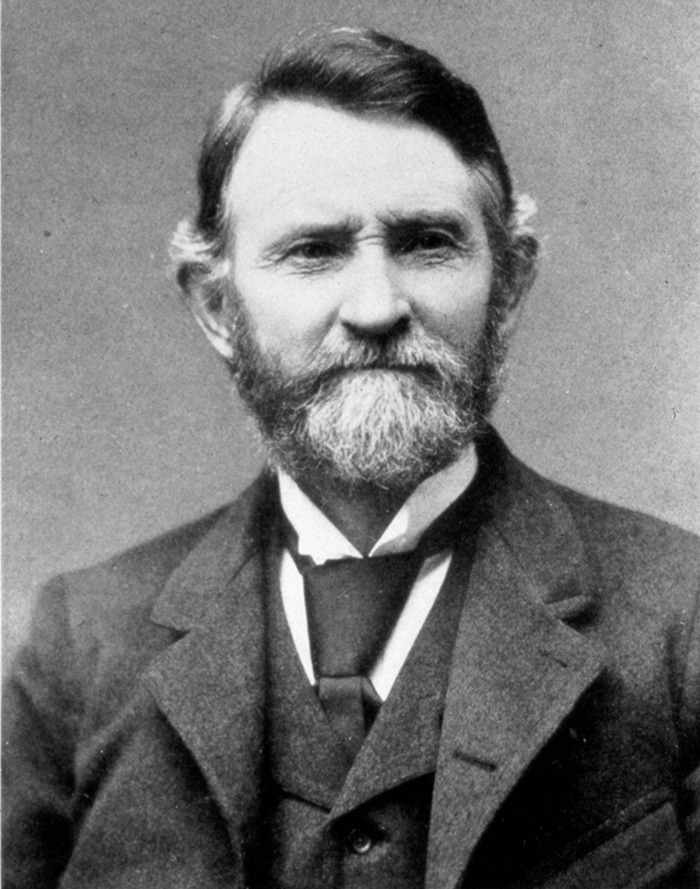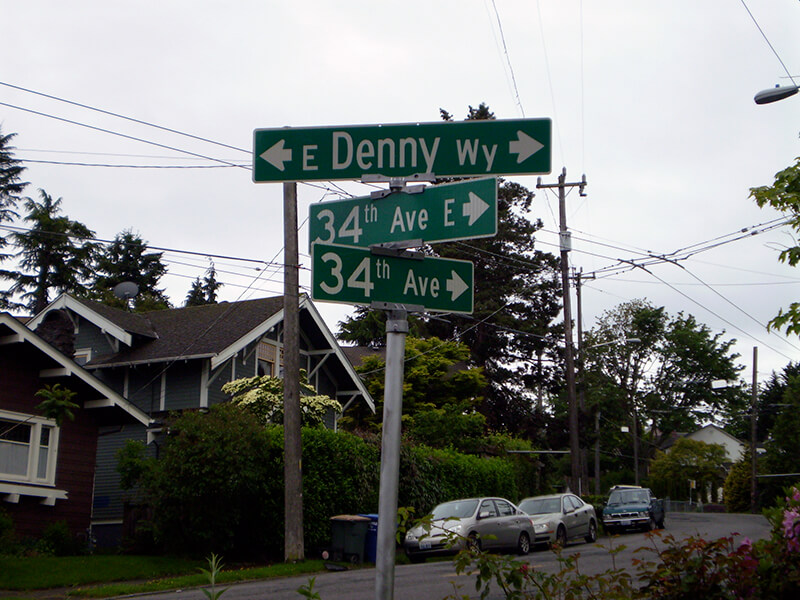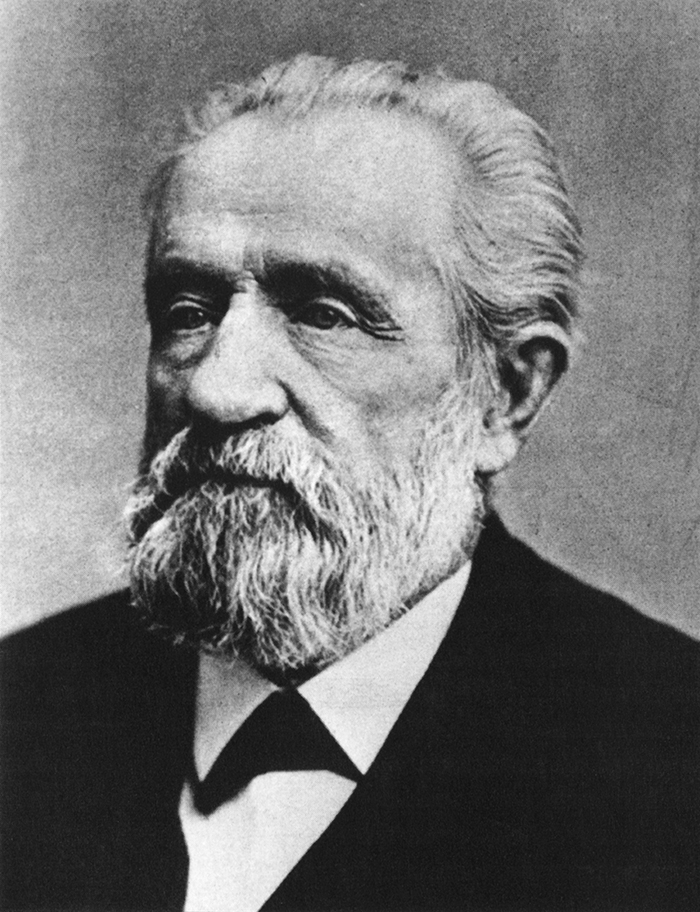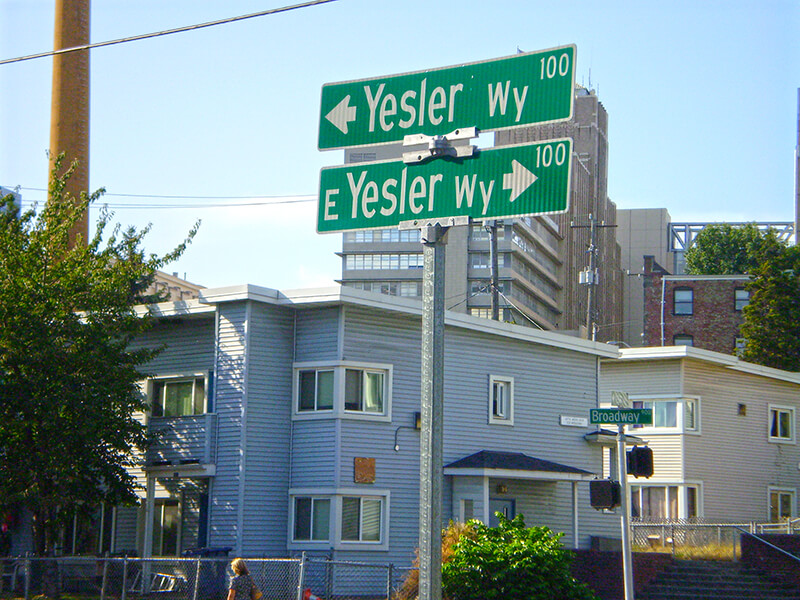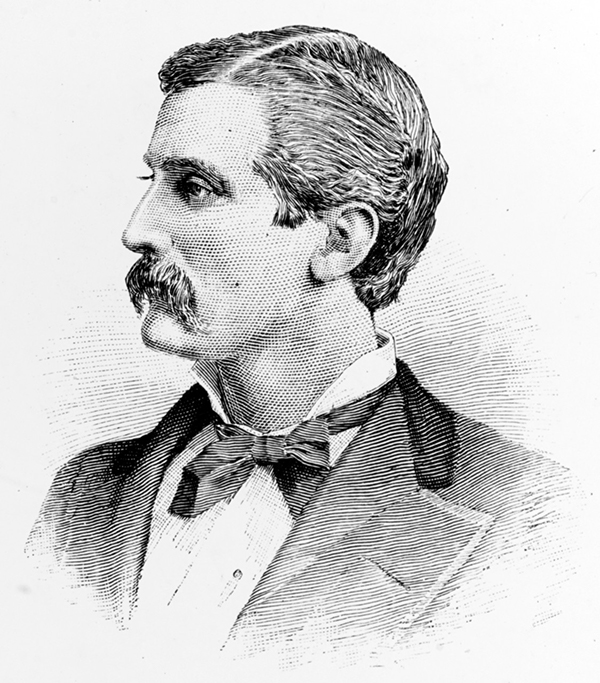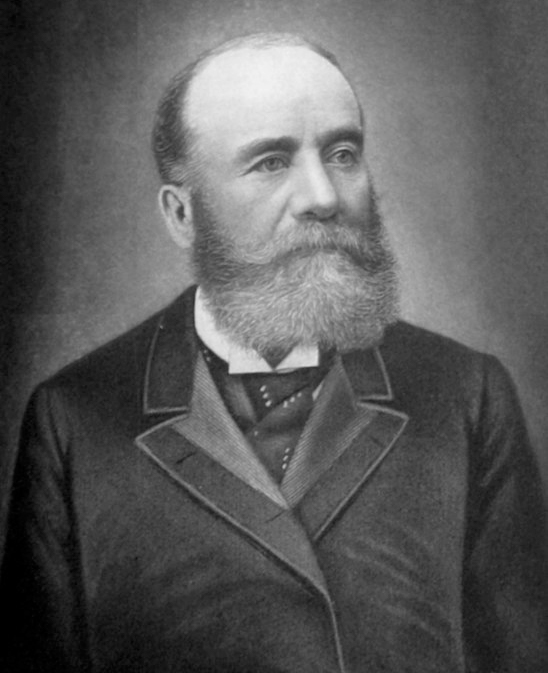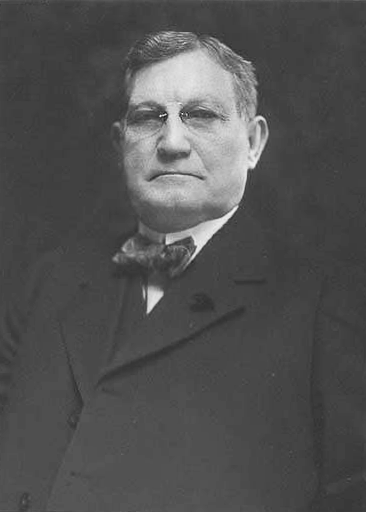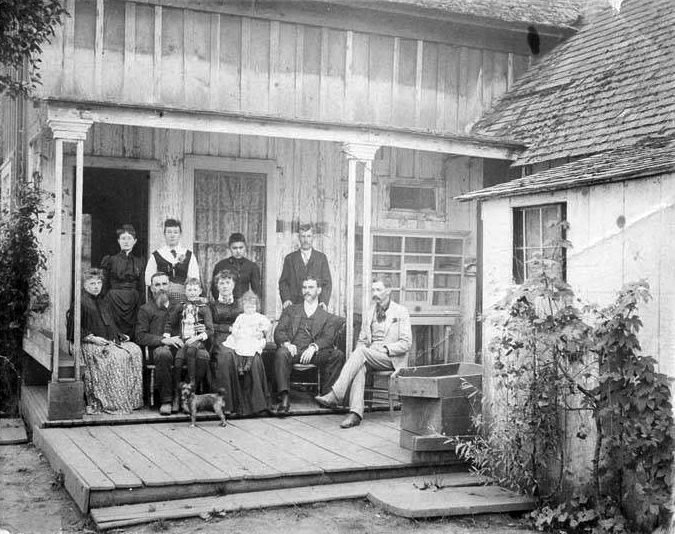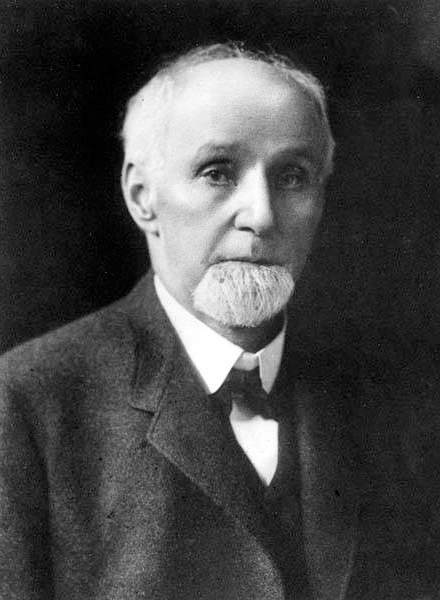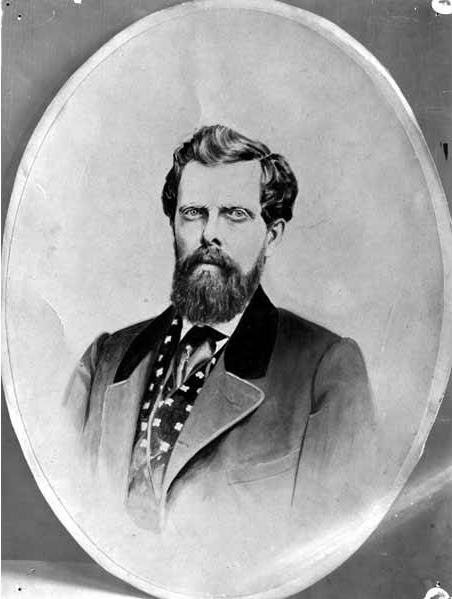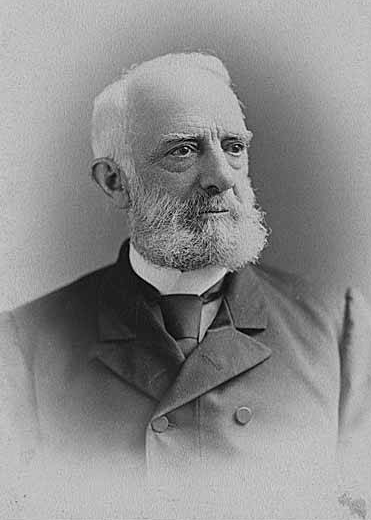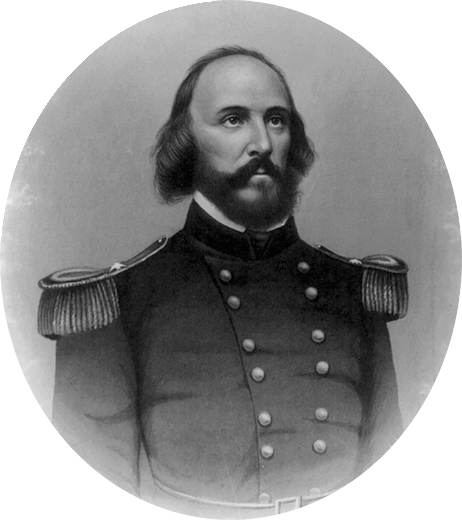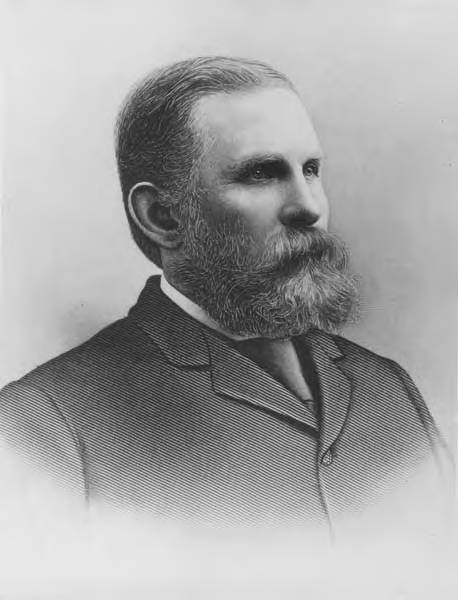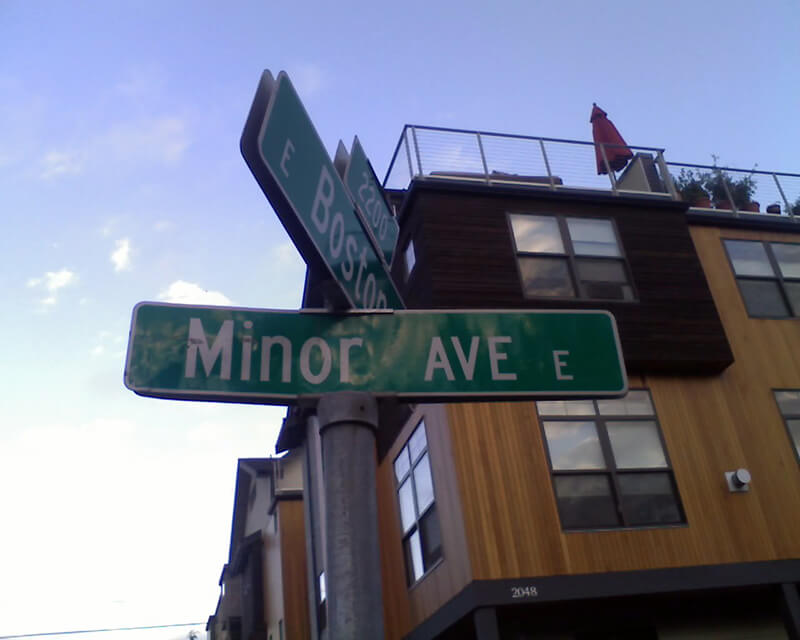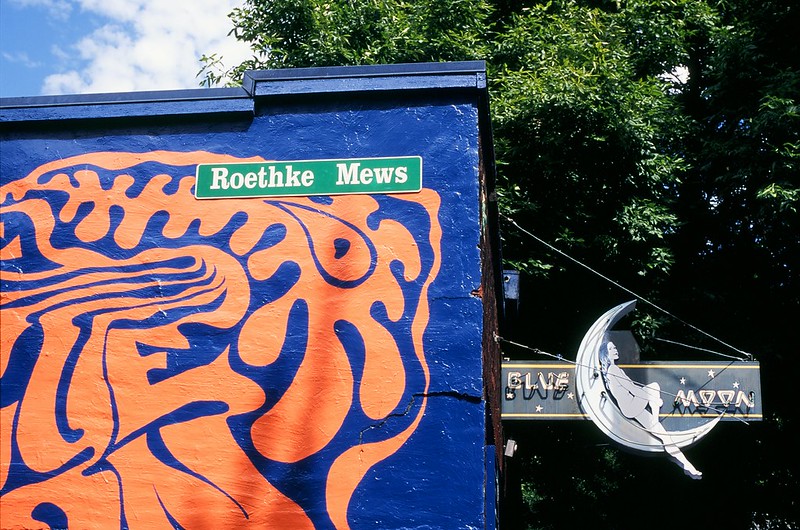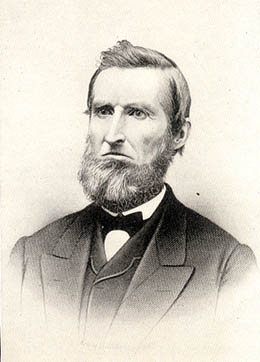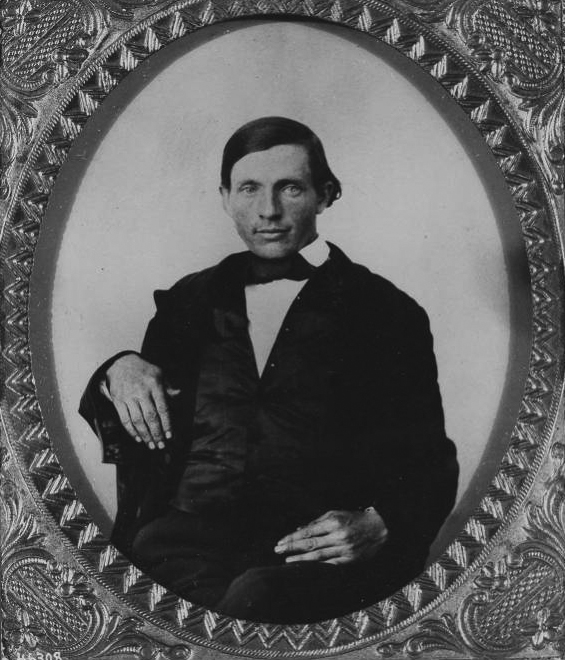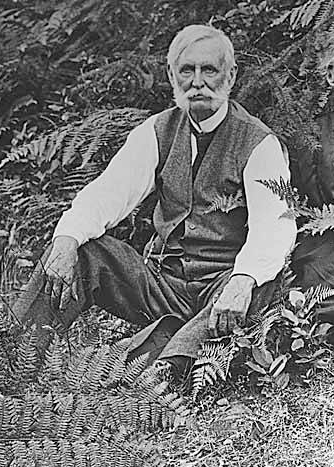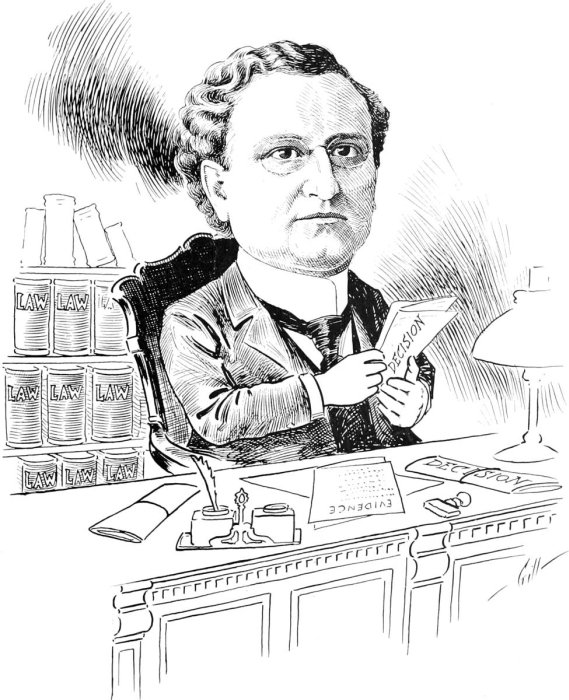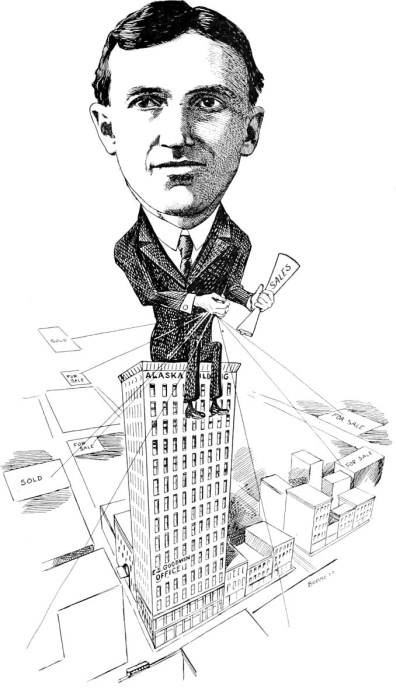This street was named by and for John Gill Matthews (1864–1937), who, with his wife and son, filed the plat of J.G. Matthews’ Lake Washington Addition, Division One, in 1930. In an extensive article on her blog, Wedgwood in Seattle History, Valarie Bunn tells his story, from his origins in Barbourville, Kentucky, during the Civil War, to his death in 1937, and beyond. For some reason, he, his wife, and three children moved to Seattle in 1910, when he was 45 and already had a well-established legal career in Kentucky. Once in Seattle, he became involved in coal, timber, and automobiles in addition to the law. It appears he and his wife separated around 1924, though they never divorced.
Fortunately for the citizens of Seattle, the Matthews family held onto the portion of their land on Lake Washington, and never developed it either before or after John Matthews’s death. Amy Matthews, who inherited the property, died in 1950, and the city was able to purchase the land for $70,000 the next year to create Matthews Beach Park, the city’s largest bathing beach. As Valarie explains:
The Matthews family was so willing to share the use of their property with neighbors that the area first began to be known as Matthews Beach in the 1920s while still under private ownership. The first appeal to the City of Seattle to buy the property was in 1928. Ironically the Parks Department vigorously opposed the purchase due to differences of opinion between those who wanted to acquire more parks in Seattle, and those who wanted monies to be allocated to maintenance of already-existing parks. Since the City of Seattle was not able to go ahead with purchase of the Matthews Beach property in 1928, the Matthews family could easily have redeveloped or sold the site at any time. It is a tribute to their stewardship and the efforts of north Seattle community clubs and activists that finally in 1951, the City purchased Matthews Beach.
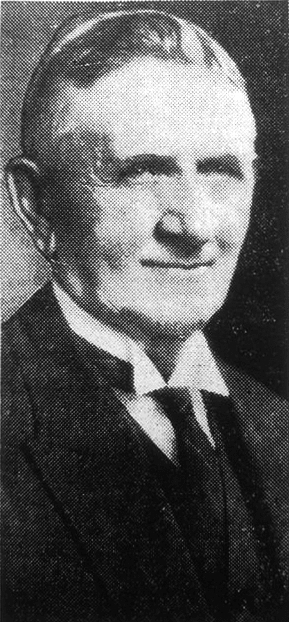
Matthews Avenue NE begins and ends at Sand Point Way NE, going about ¼ mile in a semicircle from just south of Matthews Place NE to just north of NE 93rd Street.
Born and raised in Seattle, Benjamin Donguk Lukoff had his interest in local history kindled at the age of six, when his father bought him settler granddaughter Sophie Frye Bass’s Pig-Tail Days in Old Seattle at the gift shop of the Museum of History and Industry. He studied English, Russian, and linguistics at the University of Washington, and went on to earn his master’s in English linguistics from University College London. His book of rephotography, Seattle Then and Now, was published in 2010. An updated version came out in 2015.
